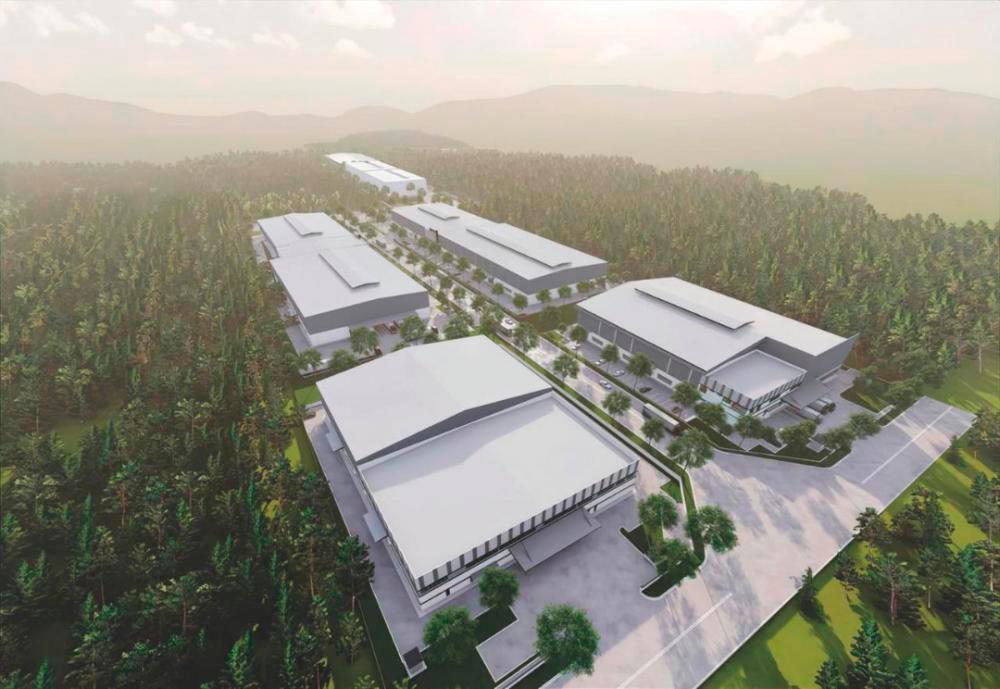Despite cost and logistical challenges, Malaysia on track with good number of sustainable development projects

PETALING JAYA: Malaysia’s Green Building Index (GBI), the country’s industry-recognised green rating gauge for buildings to promote sustainability in a built environment, reached a milestone in December 2023 after 300 million square feet of such space was certified nationwide, involving 671 projects.
On Nov 20 this year, Housing and Local Government Minister Nga Kor Ming announced the government aims to position Malaysia as a leading hub for green investments to drive sustainable growth.
He also mentioned plans to integrate climate-resilient features into affordable housing projects, ensuring the urban poor are not left behind in the transition to greener cities.
University of Malaya Department of Architecture Faculty of Built Environment senior lecturer Dr Najah Md Alwi said although there has been positive progression, the growth of green buildings is being hampered by the high cost of eco-friendly materials and advanced technologies, scarcity of sustainable materials in rural locations and logistical challenges.
“There is also a need for specialised knowledge about green buildings, but such expertise is still developing within Malaysia’s construction sector.
“Also, the absence of mandatory green building regulations and weak enforcement present major obstacles to implementing green practices.”
Najah said green buildings are becoming important, especially in addressing challenges such as rapid urbanisation, rising energy demands and the “urban heat island effect”.
She said as urbanisation accelerates in Malaysia, adopting green buildings addresses environmental concerns and improves quality of life by promoting energy efficiency, reducing waste and enhancing indoor air quality.
“Green buildings embody the principles of a circular economy by reducing waste, reusing materials and designing for adaptability. These practices are particularly relevant in the construction sector, where the carbon footprint is substantial.”
Najah said green buildings also align with Malaysia’s commitments under the Paris Agreement to reduce greenhouse gas emissions.
Universiti Teknologi Malaysia Department of Architecture head Prof Dr Lim Yaik Wah said while green strategies may have higher upfront costs, integrating them from the early stages of design can significantly reduce expenses, especially by utilising passive architectural solutions.
“Many sustainable building products and materials are now widely available in the market, such as low volatile organic compound paints and LED lighting.
“In the long run, investing in green buildings proves to be highly worthwhile, as it reduces energy costs, enhances building efficiency and improves occupant well-being.”
Lim said the current green building landscape in Malaysia is on the right track, with an increasing number of green buildings and green township developments.
“Green buildings are designed to be energy-efficient and environmentally friendly throughout their life cycle. Given Malaysia’s rapid urbanisation and rising energy demands, adopting green building technology is crucial to reducing carbon intensity.
“We need to accelerate progress by raising awareness and generating interest among stakeholders, including building professionals, policymakers and the public.”
Lee also said the government could encourage the adoption of green buildings by offering incentives, as well as implementing and enforcing regulations.
“To accelerate such progress, tax benefits for companies investing in eco-friendly projects and higher plot ratios may be necessary to attract more participation.”
Source: The Sun

